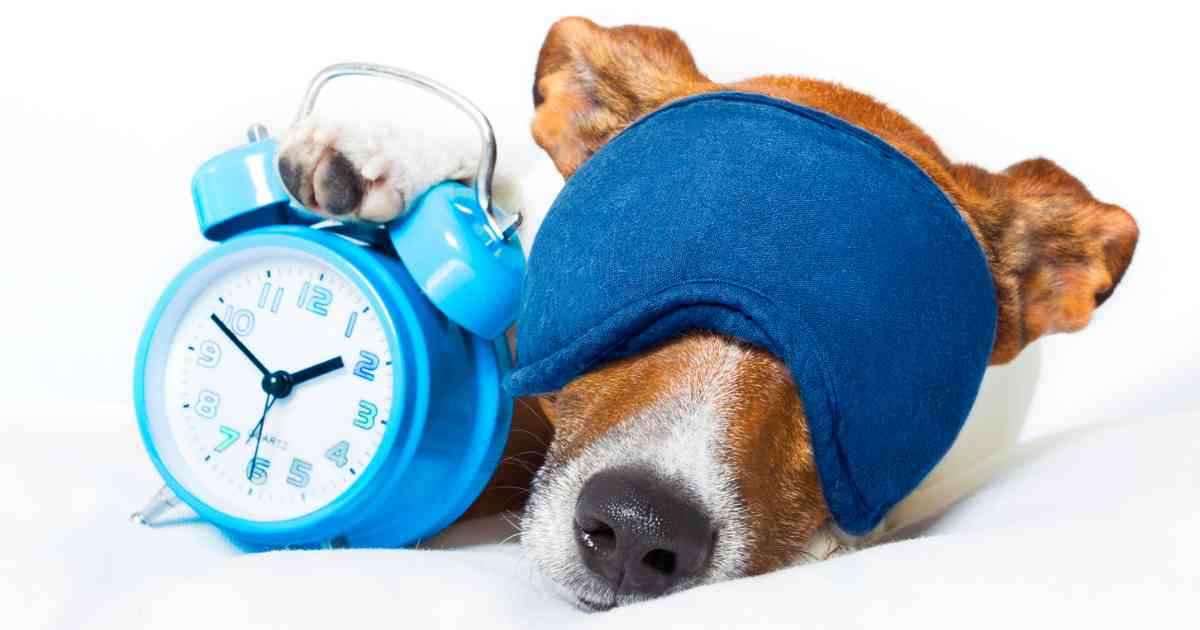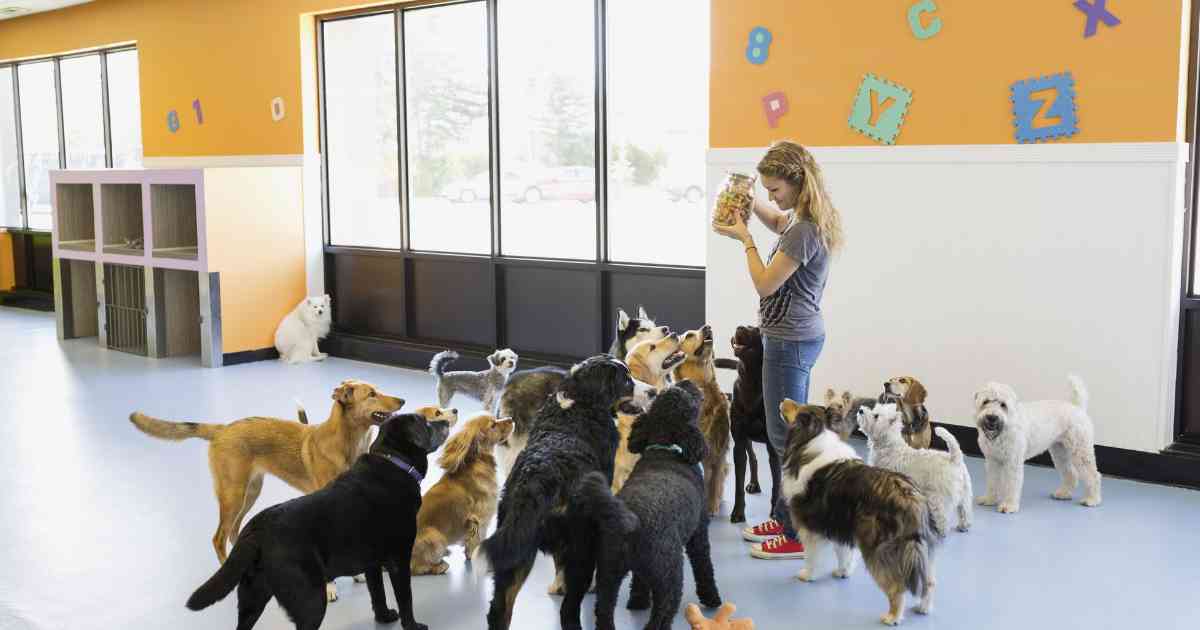In our modern, busy lives, a common question that many dog owners grapple with is, "How long can I leave my dog alone?" It's an important query that demands careful consideration. Let's dive into the details, examining both breed-specific differences and the overall impacts of leaving a dog alone.
Factors Influencing 'Alone Time'
Before we delve into the breed-specific aspects, let's understand the general factors that impact how long a dog can be left alone:
- Age: Puppies require more attention and can't be left alone for more than an hour or two. Senior dogs, on the other hand, can handle longer periods of solitude but may need more frequent bathroom breaks.
- Health: Dogs with certain health conditions may need regular medication or care and thus can't be left alone for long periods.
- Training: A well-trained dog can handle being alone better than an untrained one. Crate training, in particular, can help dogs feel safe when alone.

General Guidelines on Leaving Dogs Alone
Despite variations between breeds and individual dogs, some general guidelines can help inform your decision:
- Puppies: Generally, a puppy can handle one hour of isolation for each month of their age, up to a maximum of four to five hours.
- Adult Dogs: Most adult dogs can handle being alone for about eight hours, provided they have enough mental stimulation and physical activity before and after the alone period.
- Senior Dogs: Similar to adult dogs, senior dogs can be alone for about eight hours, but they may need more frequent breaks.

The Breed Factor: How Much Alone Time Can Different Breeds Handle?
Different breeds have different needs and temperaments, which can significantly impact how well they tolerate being alone. Let's examine some specific breed examples:
Independent Breeds
Some dog breeds are known for their independence and may tolerate being left alone more than others. For example:
- Basset Hounds: Despite their sad puppy eyes, these dogs are generally okay being alone. They are calm and laid-back, spending much of their time lounging around.
- Chow Chows: This breed is known for its cat-like independence and can tolerate alone time relatively well.
- Shar Peis: Originally bred as a palace guard in China, Shar Peis are independent and often aloof.

Social Breeds
Other breeds are particularly social and may struggle more with being left alone. For example:
- Labrador Retrievers: Labs are highly social dogs that love companionship and can suffer from separation anxiety if left alone too long.
- Border Collies: This intelligent breed needs lots of mental stimulation and physical activity, and they can become destructive if left alone for too long.
- Italian Greyhounds: These small, affectionate dogs crave companionship and can struggle with separation anxiety.

The Impact of Leaving a Dog Alone for Too Long
Leaving a dog alone for extended periods can have several negative impacts:
- Physical Health: Without regular bathroom breaks, dogs can develop urinary tract infections or other health problems.
- Mental Health: Dogs are social animals, and isolation can lead to stress, anxiety, and destructive behaviors like chewing or digging.
- Social Skills: Dogs that are frequently left alone may have more difficulty socializing with other dogs or humans.

Mitigating the Effects of Alone Time
If you need to leave your dog alone regularly, there are steps you can take to mitigate the negative impacts:
- Pet Sitters or Doggy Daycare: These services can provide companionship and care for your dog while you're away.
- Interactive Toys or Puzzles: These can provide mental stimulation for your dog, helping them stay entertained and reducing stress and destructive behavior.
- Regular Exercise: Making sure your dog gets plenty of exercise before and after you're away can help them stay healthy and reduce anxiety.

In conclusion, while the duration that a dog can be left alone varies depending on their age, health, training, and breed, it's essential to ensure that their physical, mental, and social needs are met. If you have to leave your dog alone for extended periods, consider professional services or strategies to ensure their wellbeing. Remember, a happy, well-cared-for dog is the best companion!










